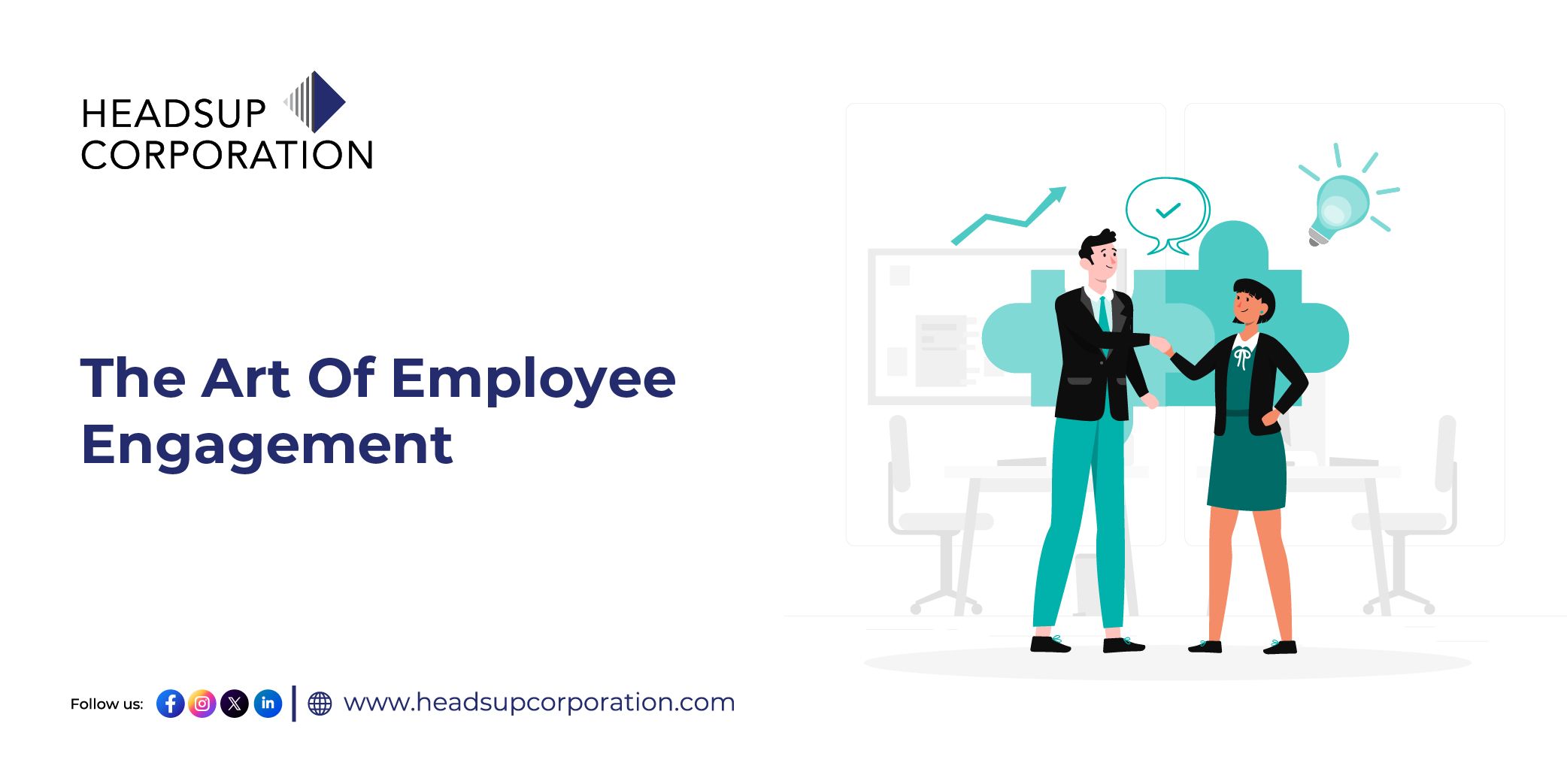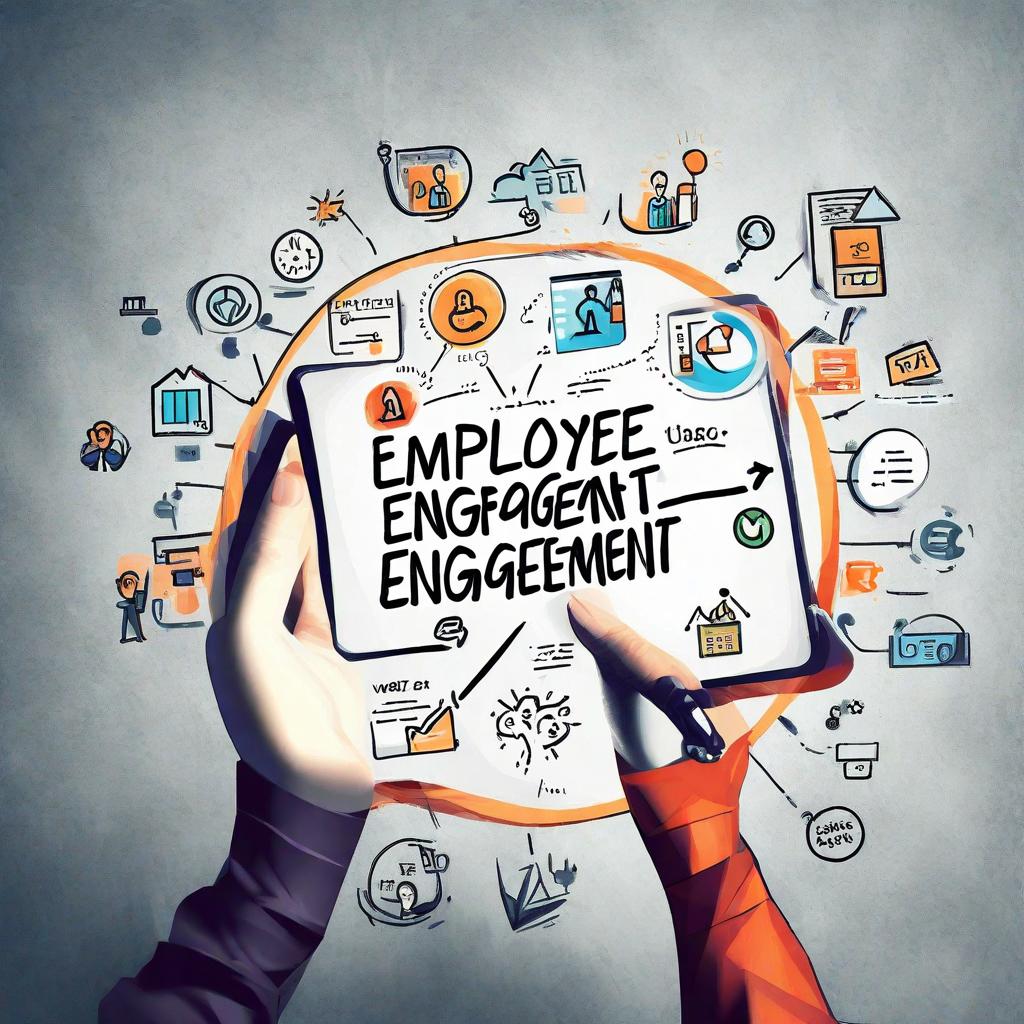
The Art Of Employee Engagement
The art of Employee Engagement
In the current dynamic business environment, where organizations are perennially pushed to control costs and improve productivity, employers need to recognize precise triggers that influence employee growth, engagement and, in turn, productivity. This is the quintessential aspect and a key differentiator of every business. Engaged workforce offers companies a sustainable competitive advantage, as they enhance brand recall which in turn leads to higher value creation for the
stakeholders. This will come into play only when the employees are recognized as key stakeholders, and their voices are heard unequivocally.
Workplace enthusiasm has been a focus area for many organizations. Affective organizational commitment includes positive and beneficial actions directed at employees which establish high-quality exchange relationship. Mutual respect and appreciation (social exchange theory) will create a positive experience for the employees, which would enable them to identify and associate with the organization goals. Organisational commitment is a three-component model: Affective (emotional attachment, employees involved in decision-making), Continuance (pros and cons of leaving your organization), and Normative (sense of obligation to stay in one’s organization even if you’re unhappy). The factors – organizational commitment and willingness to help form employee engagement. It comprises of the attitude and behavior of an employee which is formed by positive and fulfilling work-related state of mind. ‘Employee engagement’ is the emotional connection that the employees have towards their organizations and the objectives. Engaged employees actually care about their work and results as they understand its bearings on the company’s growth. Vigour, dedication, and the absorption of work hence determines the overall impact. However, this can happen only when the employees are a part of the decision-making process, and their words are acknowledged. This will enhance employee’s perception of the importance of their say, foster sense of ownership (thus enabling the release of creative and constructive solutions), and they’ll feel that demands for autonomy and relatedness are being met.
To bring out the best results, an organization needs to allow ownership to employees to ensure best results. Ownership of the work builds a culture of accountability among employees towards work. The more accountable the workforce, the more fruitful it will be. Engaged employees, thus, will take more interest in the work. Regardless of their title role and positions in the organization, all employees expect a positive atmosphere and working associations with their managers and the
prospects to learn and grow. Work independence and teamwork will enhance the relationship between an employee and the supervisor.
A sense of meaning and fulfillment will allow for employee commitment. This calls for job satisfaction: enhancement in job role and responsibilities, proper utilization of employee skills, autonomy, and freedom to employees at the workplace. Job satisfaction can be intrinsic (job role, responsibilities, et cetera) and extrinsic (pay, customers, et cetera). It is the combination of feelings about work and the attitude towards various realities of work. However, external pressures to show the level of engagement can create a mismatch between individual preferences and external demands.
Employee Engagement is “the persistent and pervasive motivational psychological state” of an employee. Future growth prospects, focused skill building, domain expertise, and career advancement are among the top motorists of employee contentment. In order to motivate employees to give their best, their efforts need to be constantly recognized and rewarded. A reasonable amount of work pressure is healthy as it helps them to go the extra mile but excessive of it leads to poor moral development.
Once an employee feels engaged to an organization, it becomes a two-way street wherein a company turns into an employer of choice close to an employee’s heart and the employee turns into a 360-degree brand ambassador showcasing traits like loyalty, productivity, and ownership across dealings in their sphere of influence.






